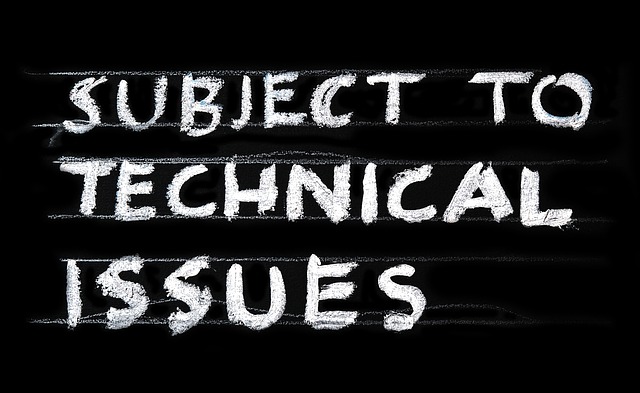
Don’t Start Implementing Inbound Marketing Without Reading This
October 19, 2017
3 Reasons You Shouldn’t Invest in Outbound Marketing
October 24, 2017
In our years of running Inbound Marketing campaigns on HubSpot, we have heard Inbound Marketing compared to so many things: Outbound marketing, Content Marketing, Advertising, Permission Marketing, and more.
The biggest misconception I hear, again and again? The one that says “Inbound Marketing is the same as Marketing Automation”. Well…NO.
Yes, Inbound Marketing (and HubSpot in particular) might sound like just a fancy term for Marketing Automation, but it is so much more than that. In reality, Inbound Marketing is an amalgamation of a few types of marketing techniques, packaged together with a sole purpose: to bring you leads through content offers.
In fact, HubSpot (whose founder, Brian Halligan, coined the term ‘Inbound Marketing’) itself comprises Marketing Automation tools, as well as a Sales Portal, Customer Relationship Management (CRM), and Content Management System (CMS).
So, let me break down the two key differences between Inbound Marketing and Marketing Automation tools:
1) The First Point Of Contact
When we talk about the database in your Marketing Automation tool, we’re talking about leads that can come from anywhere. For Marketing Automation, ‘anywhere’ means that these leads could have been manually added to your CRM after a networking event, or generated using offline marketing methods.
In contrast, for Inbound Marketing, ‘anywhere’ equals to the World Wide Web. Your leads will only come in through digital means (SEO, SEM, Social Media, etc.), and they willingly submit their information due to their interest in a content offer created by you.
2) The Nurturing Funnel
Marketing Automation is focused on two things: lead nurturing and lead scoring. Automation aims to segment existing leads into MQLs (Marketing Qualified Leads), SQLs (Sales Qualified Leads), and to close them into customers. This is accomplished mostly through email marketing.
Inbound Marketing can reach the same goal, but its focus is broader. Inbound Marketing focuses mainly on lead generation. The aim is to fill the top of the funnel with leads (qualified or otherwise); you can then use your Marketing Automation tool to segment and nurture these leads.
This broader approach to lead generation will lead to an increase in general website traffic, which will aid you in your SEO rankings. Inbound Marketing also uses any information available to fill in details about these leads (through the aforementioned first point of contact), so you can know a lot more about a lead than just how much times they’ve interacted with your emails.
So, stop asking me if Inbound Marketing and Marketing Automation are the same thing, okay?
{{cta(‘188fc6d9-6e26-46af-add8-219fd76b4bf4’)}}


